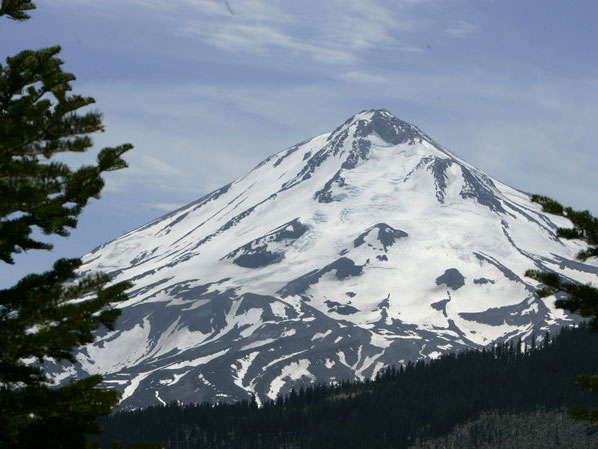Mt. Shasta, California

The north side of Mt. Shasta has been inhabited since at least 600 BC, possibly 2500 BC. Artifacts in the greater area suggest 9,000 years of Native American habitation. Mt. Shasta was a corner territorial boundary for four Native American peoples – the Shasta, Modoc, Ajumawi/Atsuwegi, and Wintu – and within the view of the Karuk Tribe on the mid-Klamath River and the Klamath Tribe of the upper Klamath River. Long venerated as a sacred place, the mountain takes its name from the local Sastise (Shastan) Indians. These tribes have used specific sites on Shasta for the training of medicine men and women, for spiritual vision quests, and for healing and guidance. On the mountain’s lower, forested slopes, plants and other natural materials are still gathered for food, medicinal and ceremonial use.
Numerous mysterious legends and psychic messages speak of the significance of Mt. Shasta as a place of powerful earth energies. Some of the oldest legends tell of a tribe of dwarf-like people who are believed to live within the center of the mountain and be descendants of the pre-Antlantean culture of Lemuria. Hunters and campers exploring the high altitude forests of Mt. Shasta occasionally report seeing these small beings running through the woods. Contemporary psychics speak of the mountain as the center of a powerful energy vortex that radiates a vitalizing and healing energy throughout the northwestern US. More than any other mountain in North America, Mt. Shasta is a focal point for contemporary spirituality, attracting individual seekers as well as a variety of religious groups. Mt. Shasta is also said to be energetically linked with Mt. Katahdin, a sacred mountain in the state of Maine. Prayers and the focused attention of contemporary pilgrims will assist in the protection of this magnificent sacred place.









